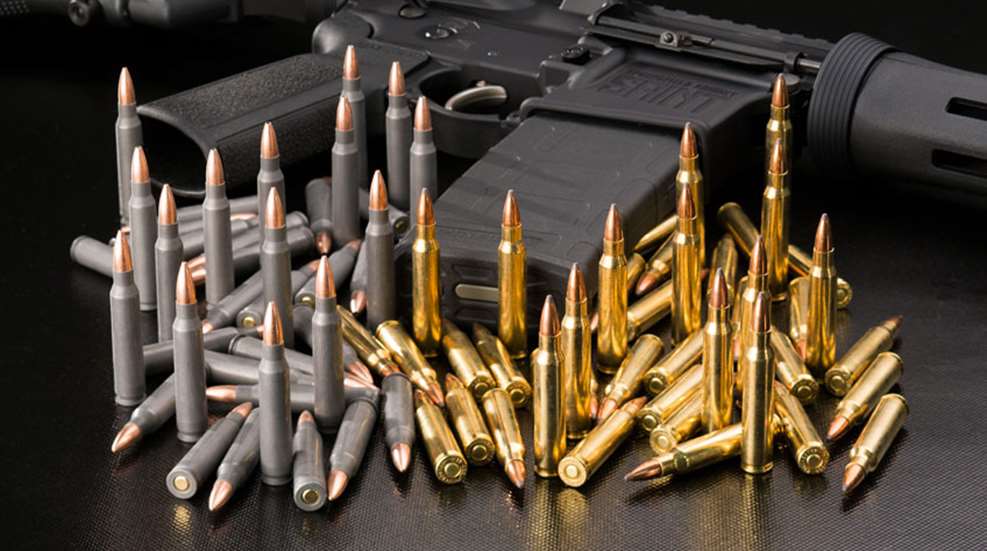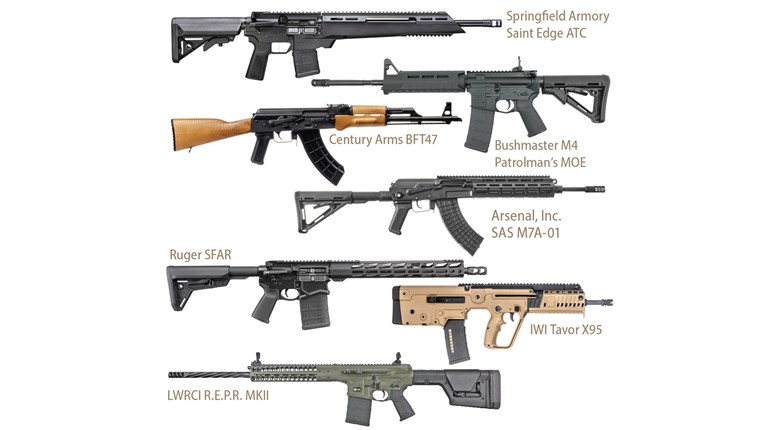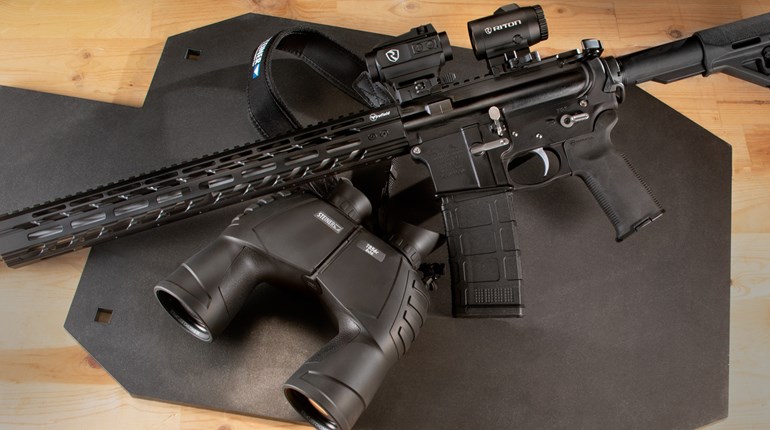
Whether it’s switching to steel-case surplus ammunition or siphoning match-grade ammo, desperate times call for desperate measures when fodder is hard to find.
I can recall at least three significant shortages of ammunition on the commercial market since 2008, each resulting from some form of political action or reaction. I think everyone will agree the current drought is the worst. Several things occur whenever the economics of supply and demand affect this industry.
First, things start selling out quickly as experience tells the attentive to buckle in for the ride. Next, prices start to climb as inventories remain low, even though manufacturers go into overdrive. Then, the most popular calibers nearly disappear, while more obscure ones also began evaporating.
Handloading components get tight and eventually vanish as well. By the time the dust settles, prospective ammunition shoppers are left with three general choices: 1) Exorbitantly priced, premium loads that are even more costly than normal, 2) Moderately priced but cheaply made ammo or 3) Curtailing shooting pursuits altogether. None of those options is great, but choosing door number two has its advantages.
I regularly field questions about the best type of ammunition for my customers’ newly built firearms. During abnormal times like these, the question shifts from “What’s the best load to use?” to “Where can I find any ammo?” and eventually, “Should I buy this budget load before it disappears, too?” The good news is that in most common rifle calibers, moderately priced ammunition is at least available in waves. The bad news is that using lower-grade ammo often comes with some caveats.
Steel-Cased Stuff
Steel-cased ammunition enjoys renewed interest whenever traditional brass-cased loads are scarce. If it is surplus ammo from former members or allies of the Soviet Union (usually in 7.62x39 mm, 7.62x54 mmR and 5.45x39 mm), I always advise caution. Aside from visual cues like rusted cases, there is no way of knowing how this stuff has been stored over the decades—wet, dry, extreme cold or heat, etc.
There is also a near certainty that it will be corrosively primed and thus, require cleaning your rifle’s bore immediately after use. However, new production steel-cased ammo (usually from Russia) is generally OK to use as long as you remember a few key points.
Because steel does not act like brass when under pressure in a rifle’s chamber, it tends to be harder on repeating-rifle components. Extractors take the hardest hit, often breaking far sooner than they would if only using conventional, brass-cased ammo. Regular steel-cased ammo shooters are wise to keep an extra extractor on hand for this reason. Another concern is that much of the stuff coming out of Russia uses projectiles that are not copper jacketed in the traditional sense. Instead, their jackets are a thin copper cladding that often covers a steel jacket. This coating, or “wash,” is thin enough to expose whatever is under it as a bullet travels through a sharply rifled bore.
During abnormal times like these, the question shifts from “What’s the best load to use?” to “Where can I find any ammo?” and eventually, “Should I buy this budget load before it disappears, too?
How much of an impact this has on barrel wear is the subject of debate. I have seen plenty of anecdotal reporting on both sides of the argument and a couple extensive studies that show advanced wear using these bullets. Personally, I shoot various steel-cased loads through my 5.56 NATO, 6.5 Grendel, 7.62x39 mm and .308 Win. rifles without any problems or signs of accelerated wear. But, I am careful to keep my round counts relatively low whenever using copper-clad, steel-jacketed projectiles.
If your steel cases have a heavy coating of protective lacquer that makes them appear shiny, the residue left behind on your chamber walls needs to be scrubbed out when you clean your rifle’s bore. Otherwise it can build up and cause problems with function. You may also run into hard primers that require heavier hammer springs or enhanced firing pins, especially in 7.62x39 mm rifles of the non-AK/SKS variety.
Foreign-made, steel-cased rifle ammo is often inaccurate and also tends to give a nice fireball in front of any barrel shorter than 16 inches. But, if it is all that you can find and allows you to continue a moderate level of training or bulk up your reserve supplies—or both—then it is still a viable option.
Brass-Cased Target Fodder
This category includes genuine military-surplus ammunition as well as those loads that mimic it, such as the dozens of 55-grain .223 Rem. or 5.56 NATO clones of the M193 Ball load that old-timers like me qualified with in Army Basic Training. Full-metal-jacket loads are available for many new and old rifle calibers and what they lack in effectiveness for hunting or defensive use, they make up for in lower cost.
Price is relative, of course. In normal times, you can find a 145-grain M80 ball equivalent in 7.62 NATO or .308 Win. for 40 to 50 cents-per-round, but at the time of this writing, it runs double that or more. Here again, accuracy is not normally going to be the strong suit of this ammo. Also, the same cautions about cartridges from overseas military-surplus stocks apply here as with steel-cased ammo—including corrosive primer worries. Lastly, much of the stuff that comes from European surplus inventories will be Berdan primed, so reloading the cases will not be practical.
Newly manufactured, brass-cased FMJ loads tend to function well in most rifles and may allow you to keep up your practice without sacrificing your child’s college fund. On second thought, when you consider the modern state of most “institutes of higher learning,” trading that money for ammunition may not be such a bad deal after all.
I have excluded handloaded or remanufactured ammunition here because those are large subjects unto themselves. If you do choose to shoot “reman” ammo that you did not personally handload, be sure that it comes from a source that is both qualified and licensed to load and sell ammunition. In a perfect world, the availability of reasonably priced ammunition will once again be reality soon. Rather than bank on that hope, I plan to continue a modified training regimen that preserves my usual ammo by incorporating available target loads in moderate amounts. I will probably order additional spare extractors, too.




































